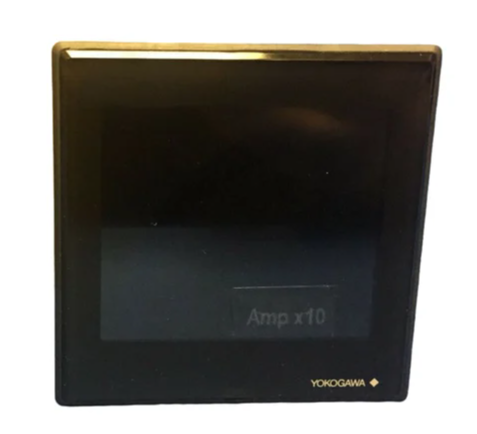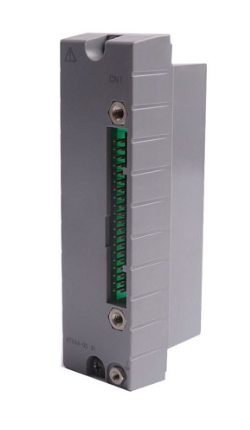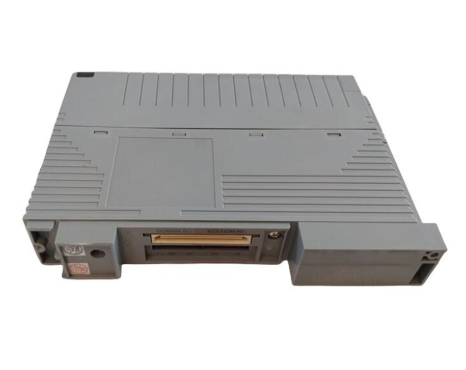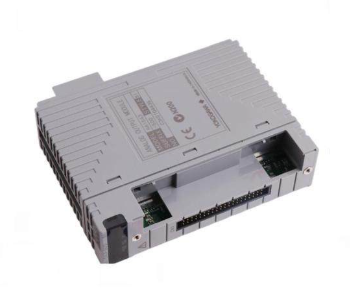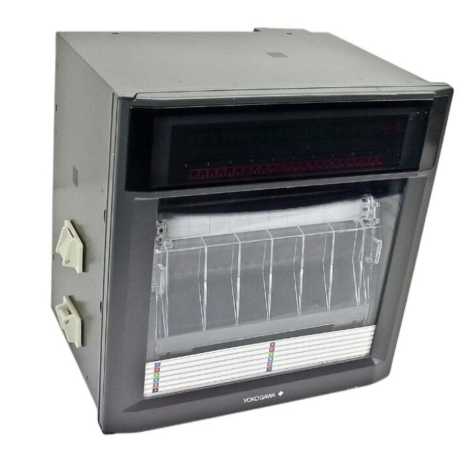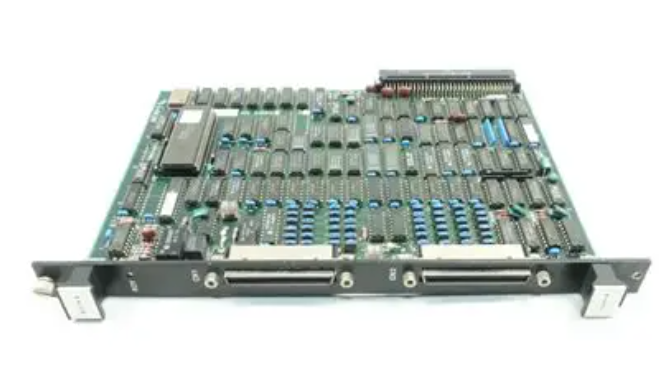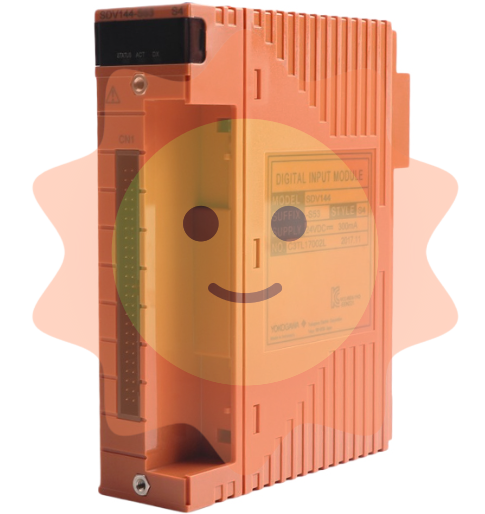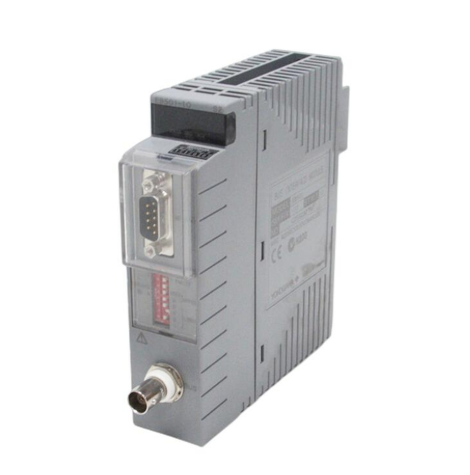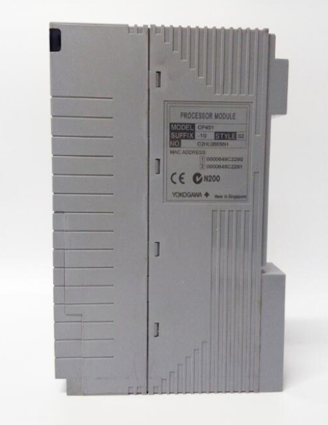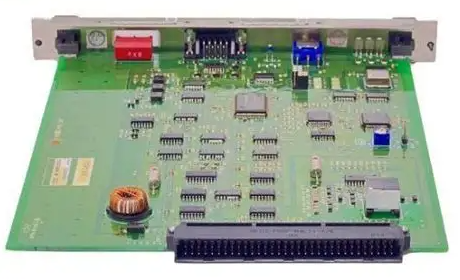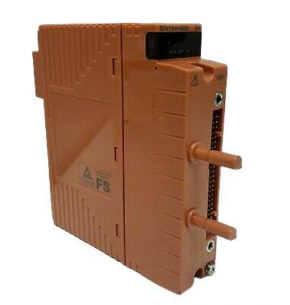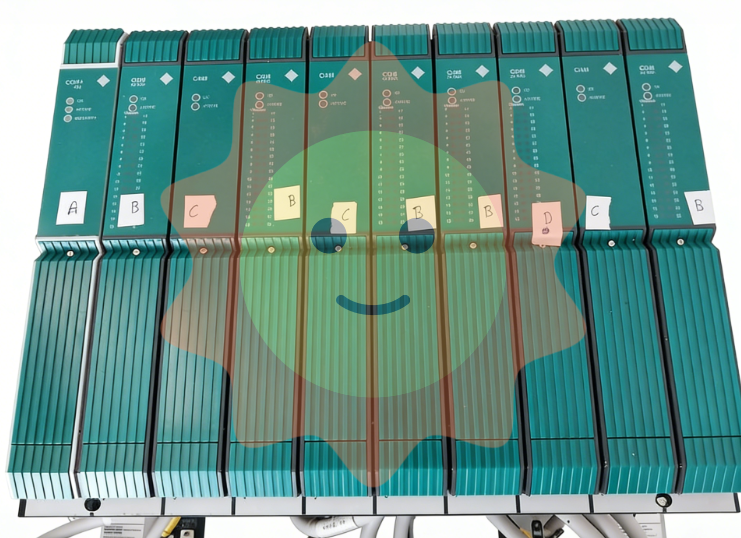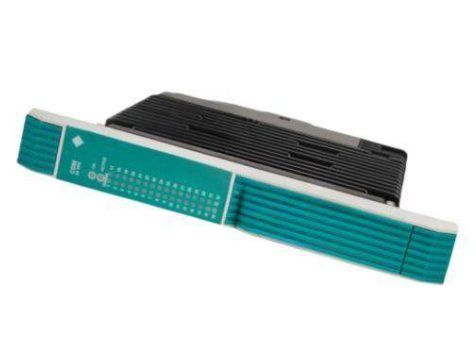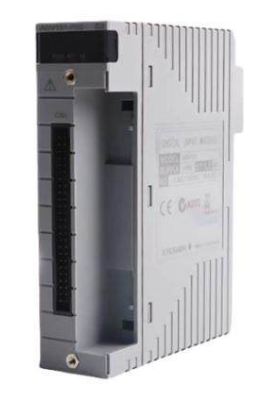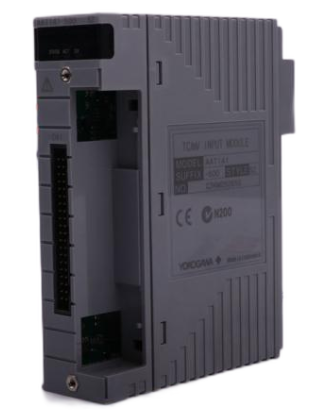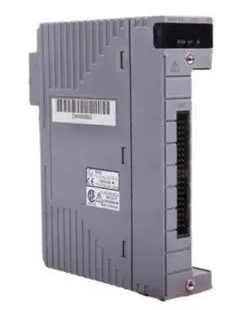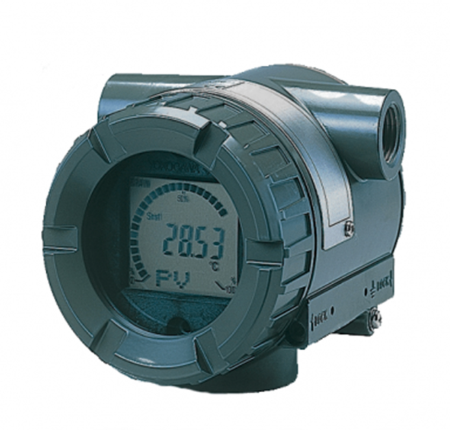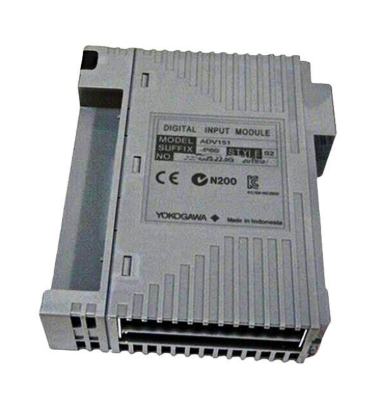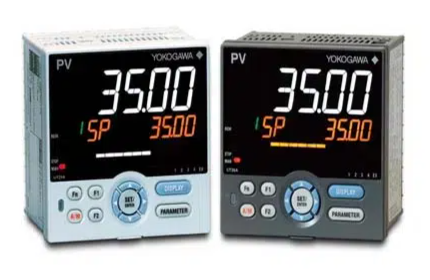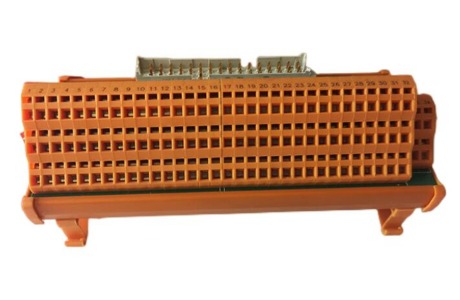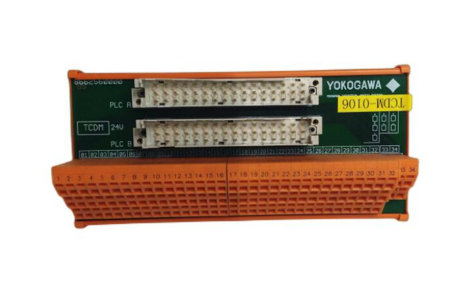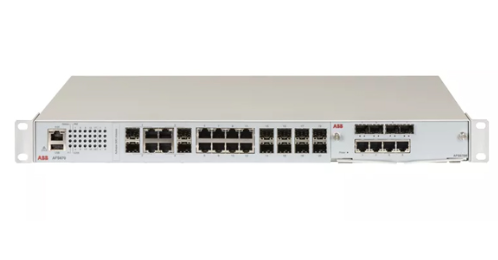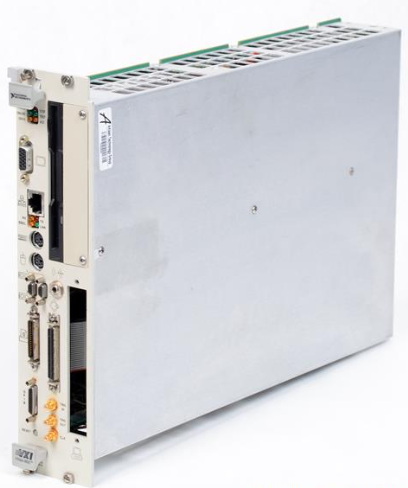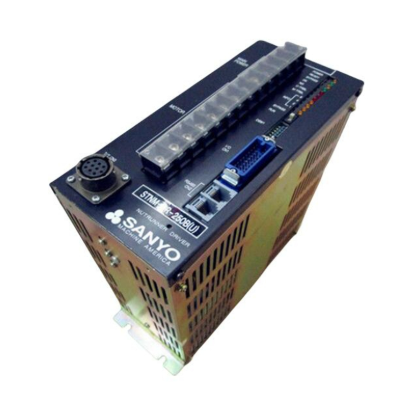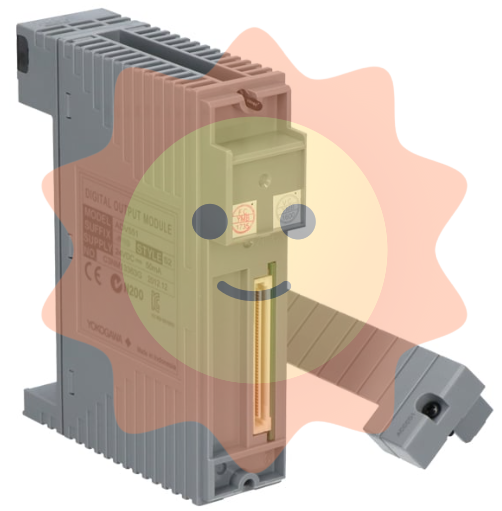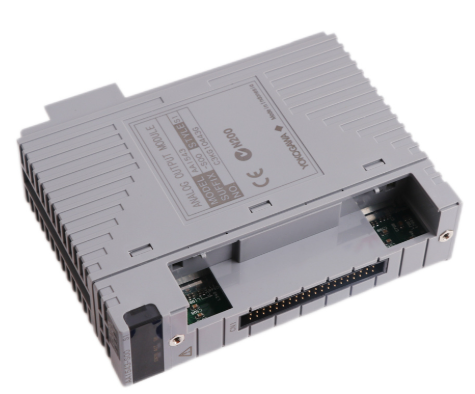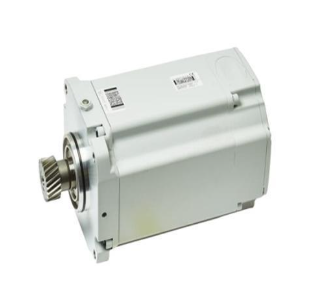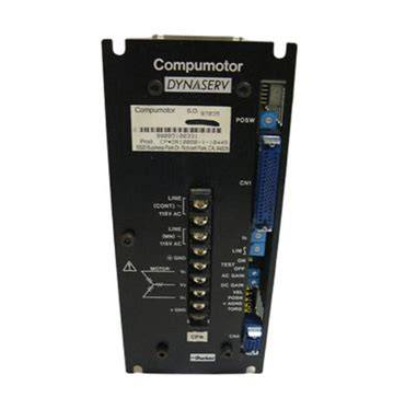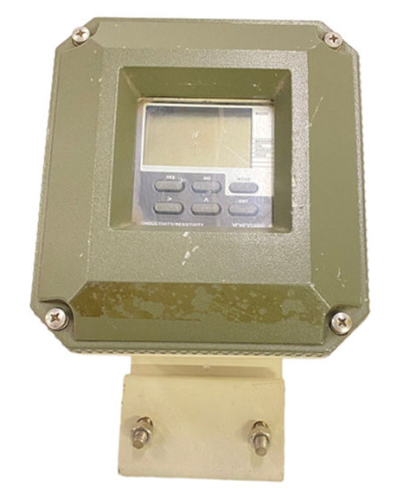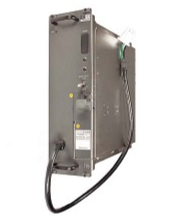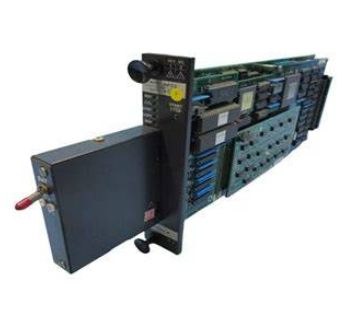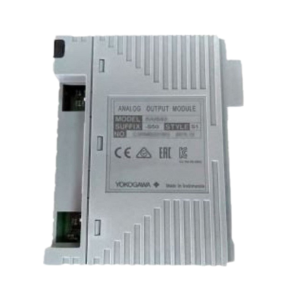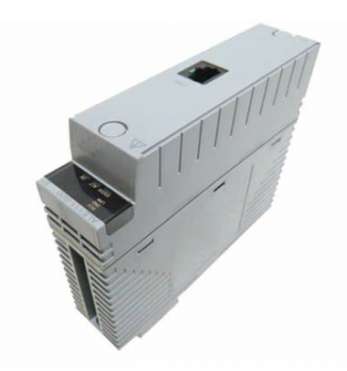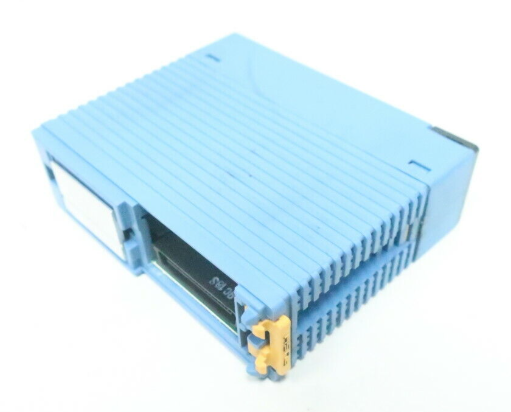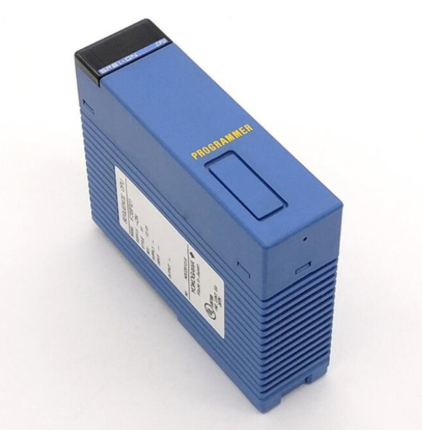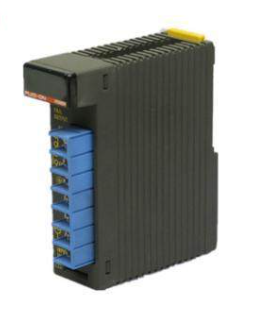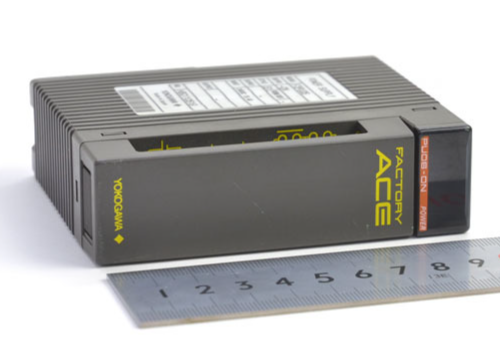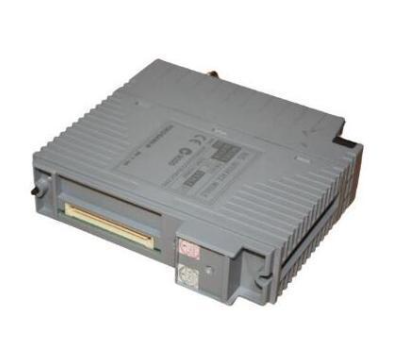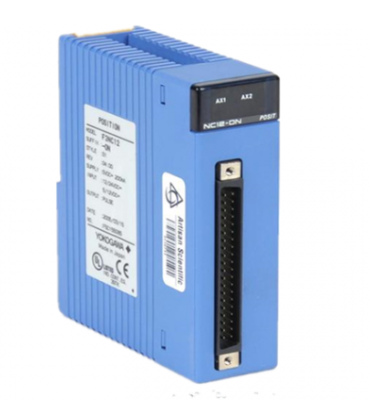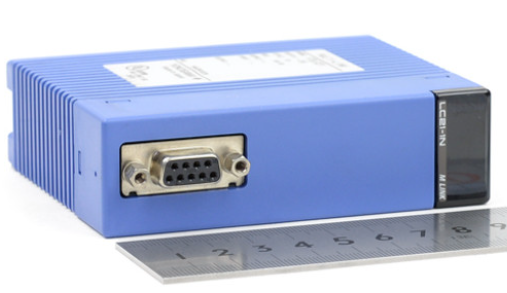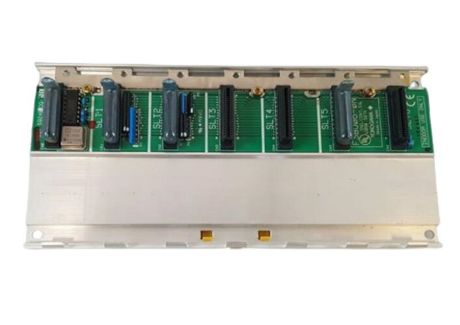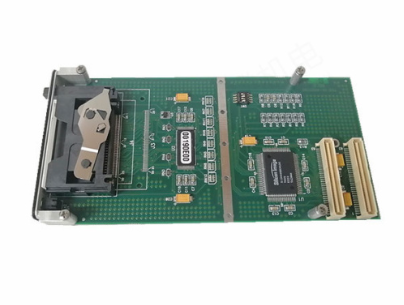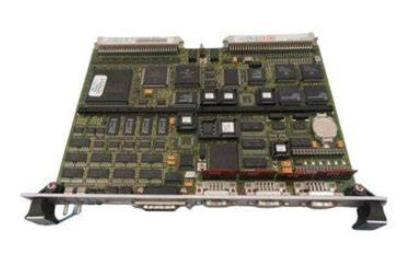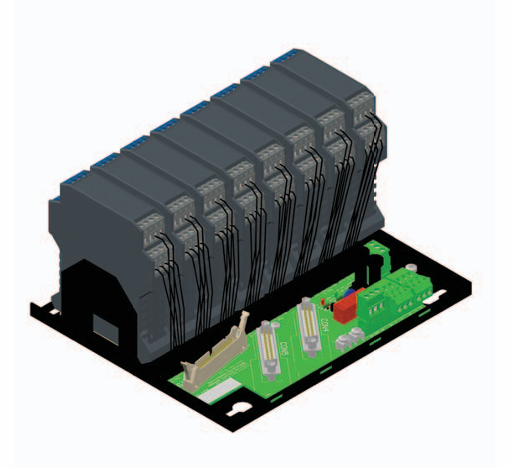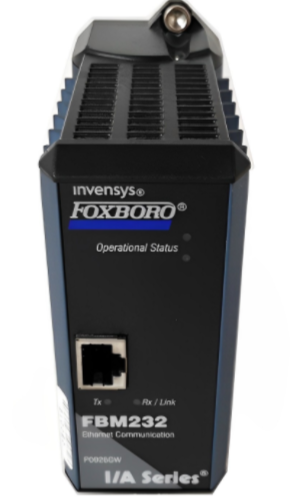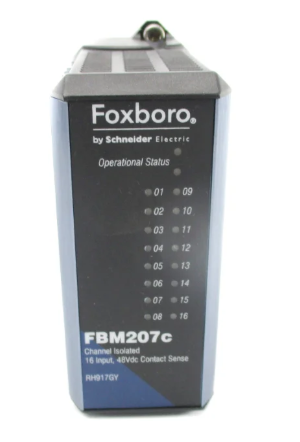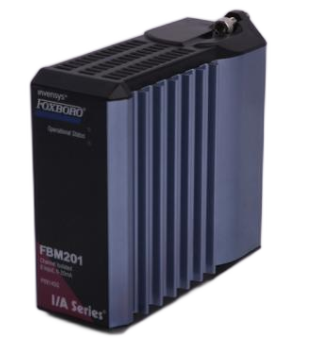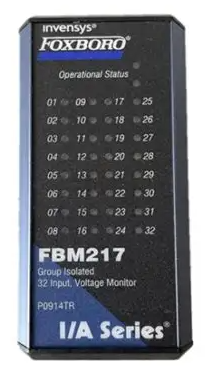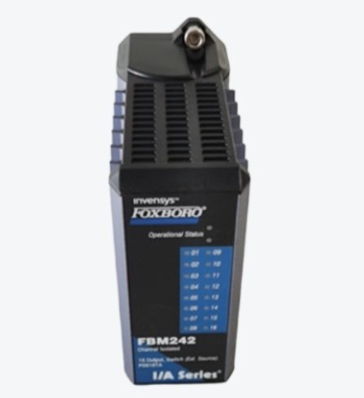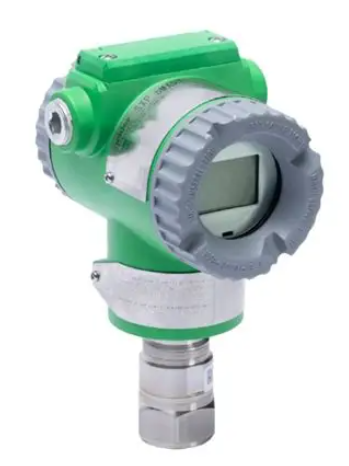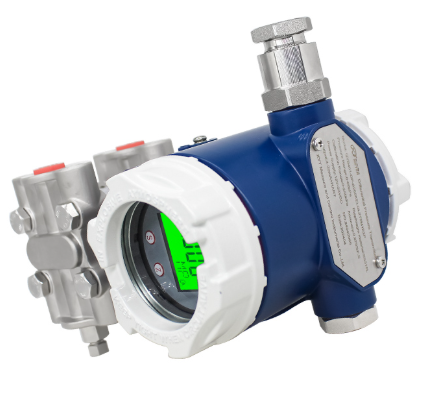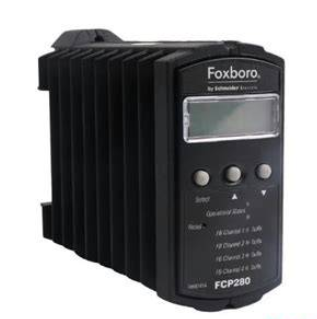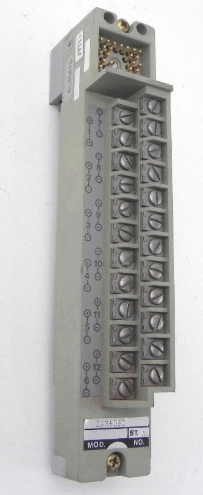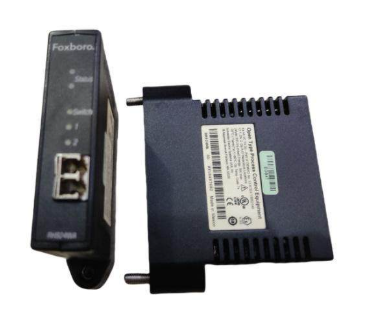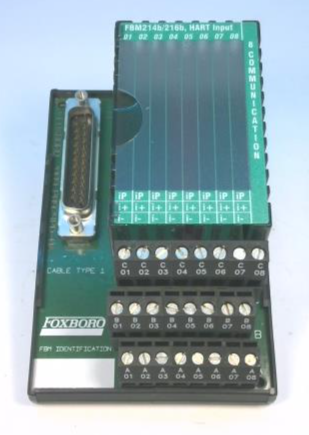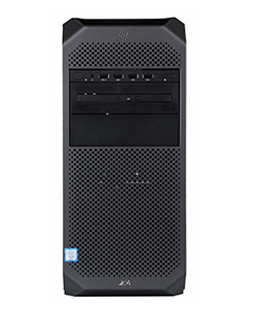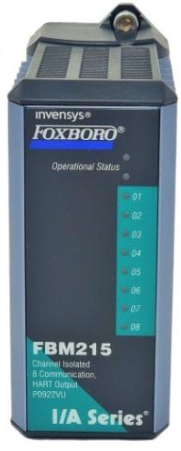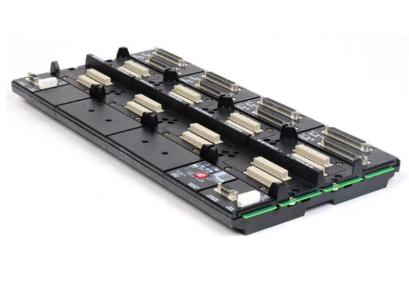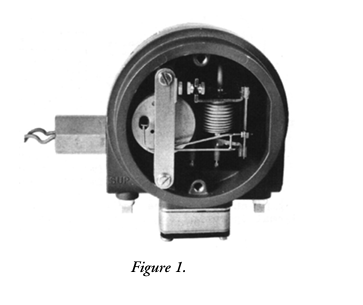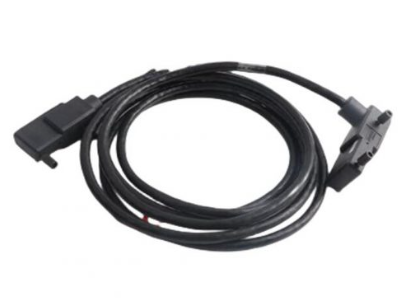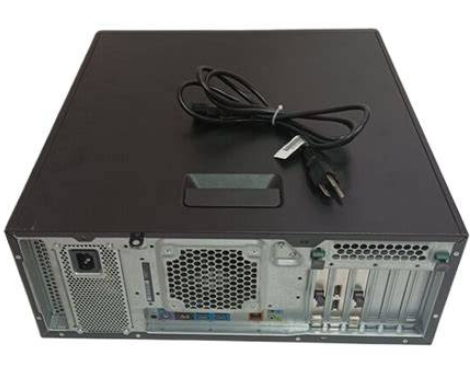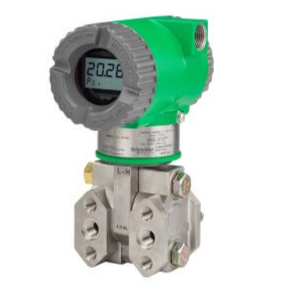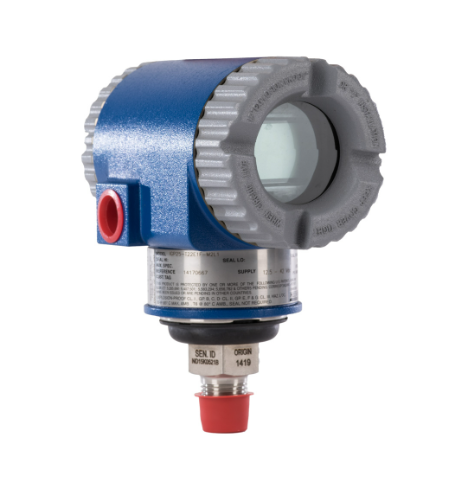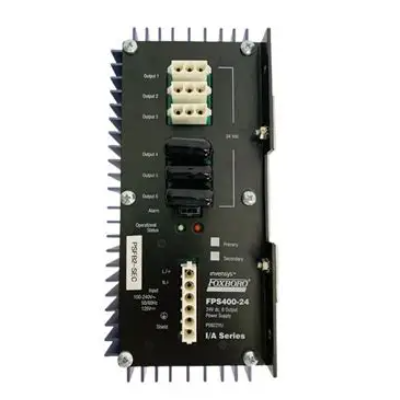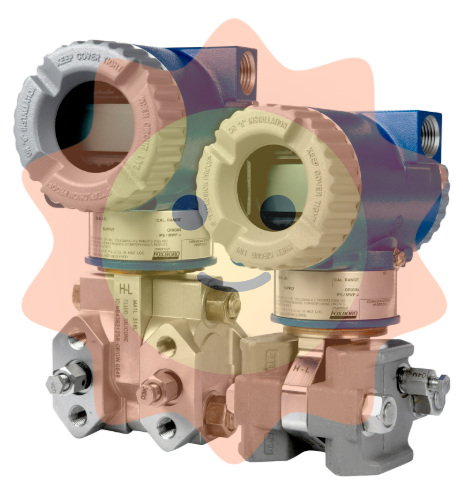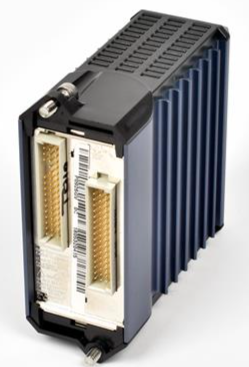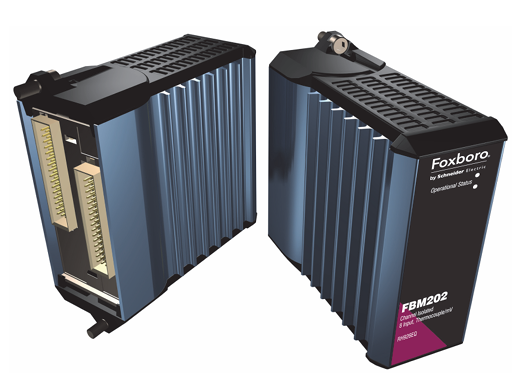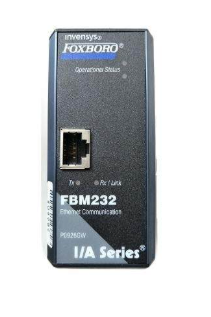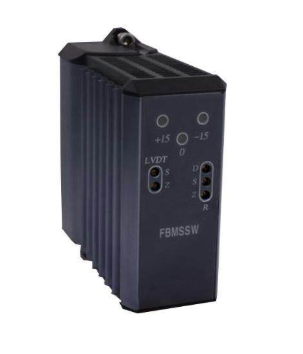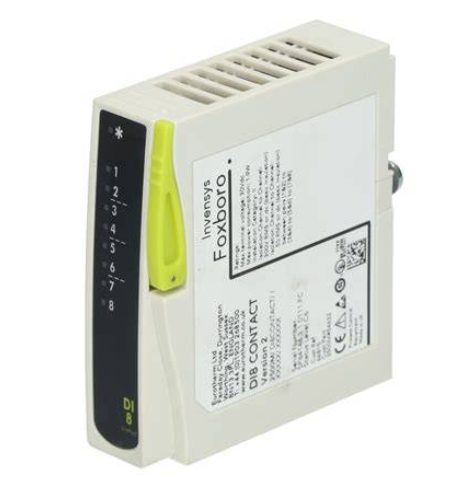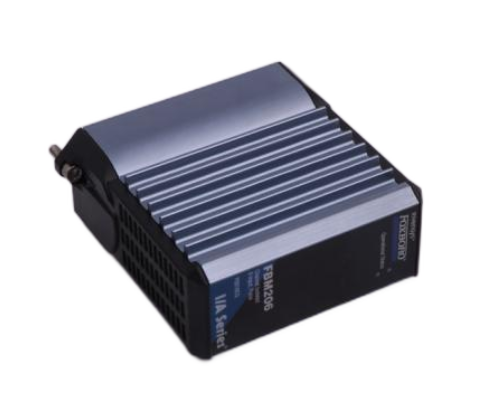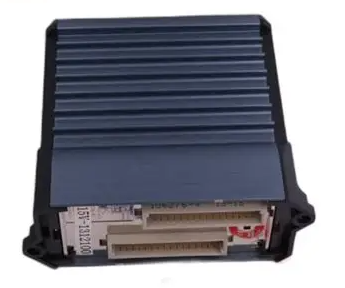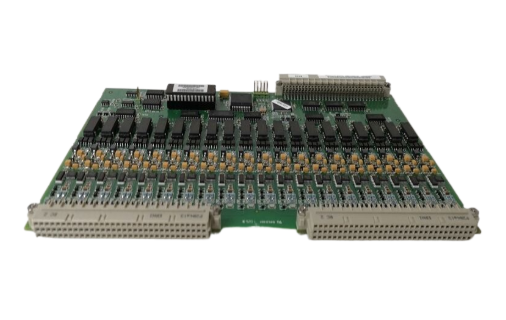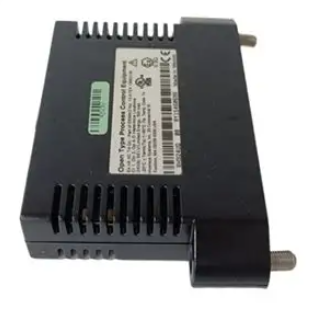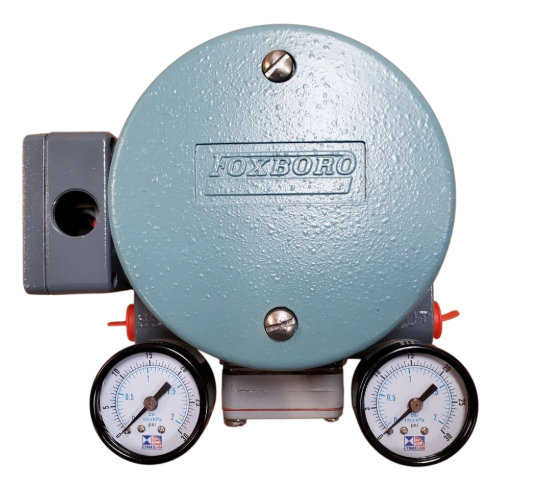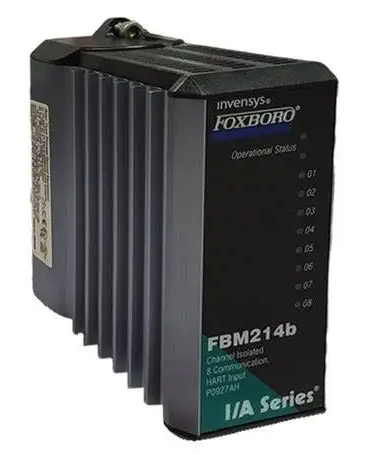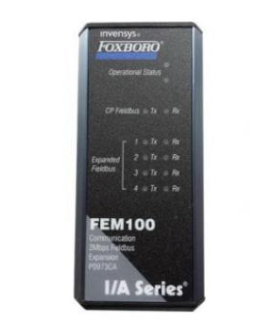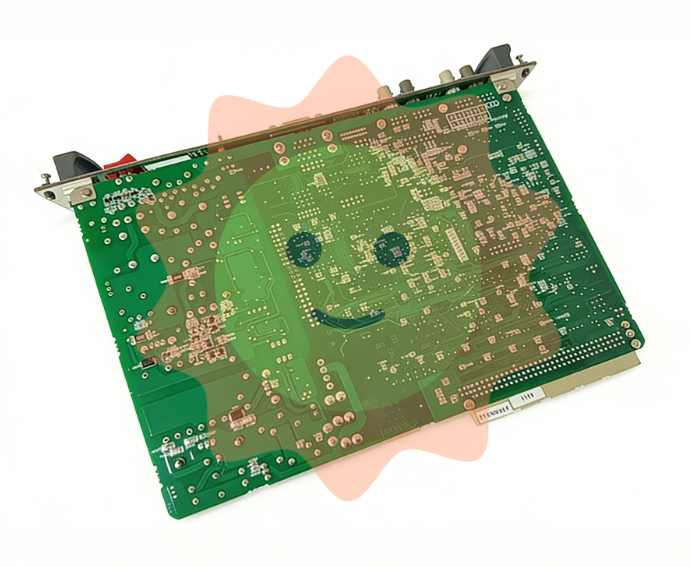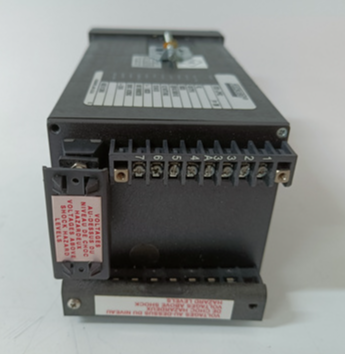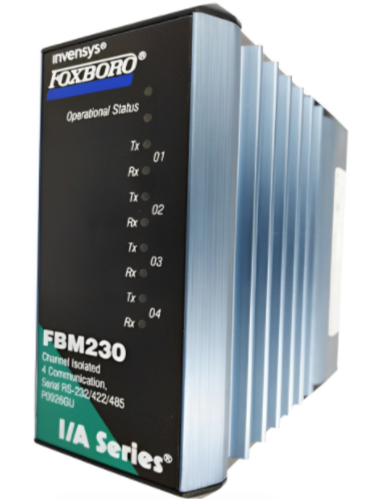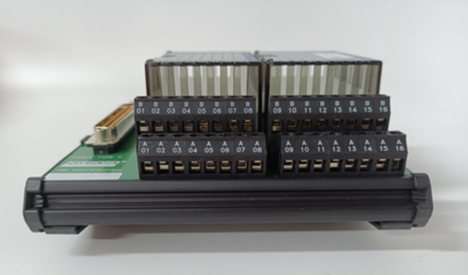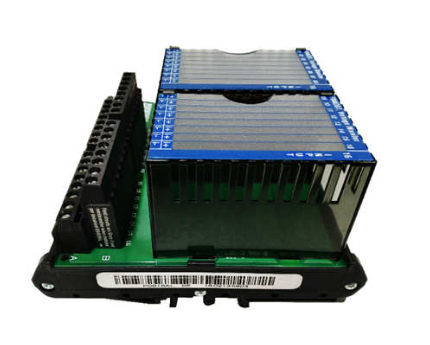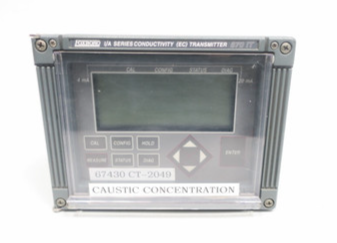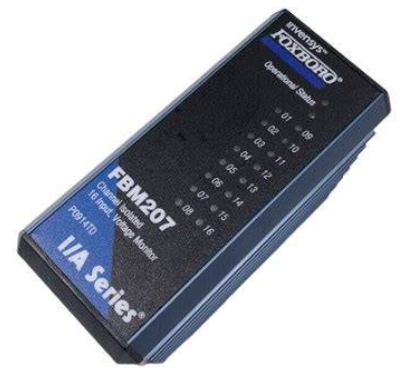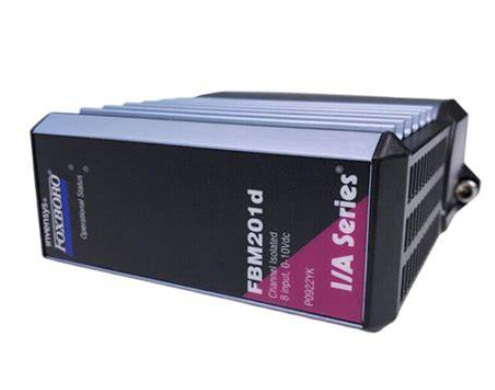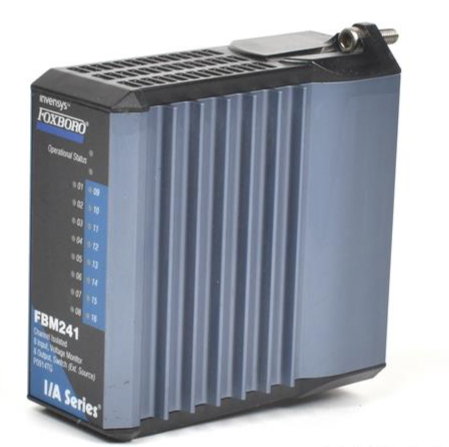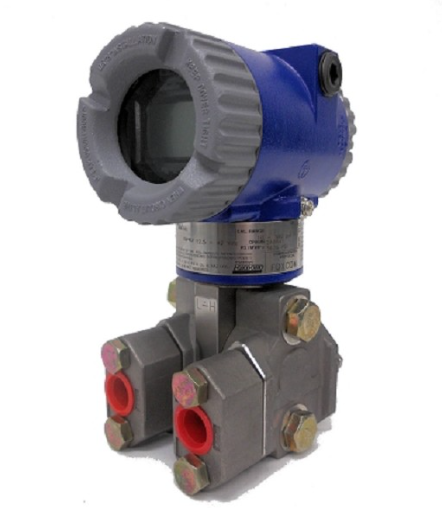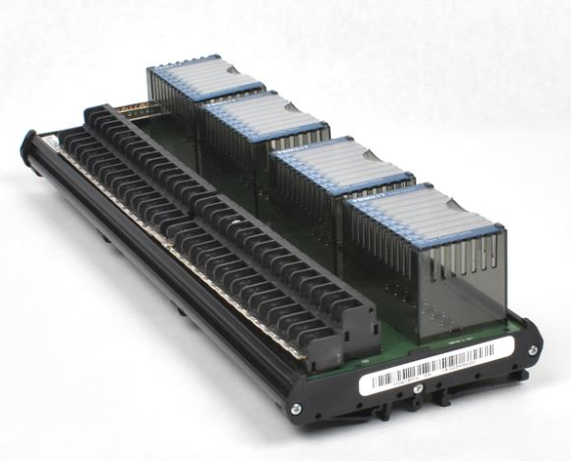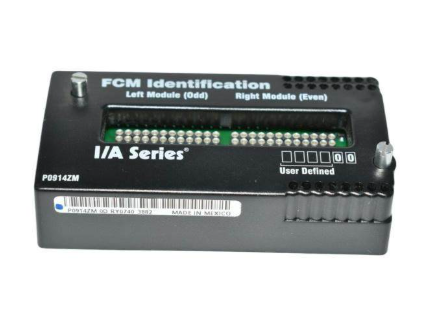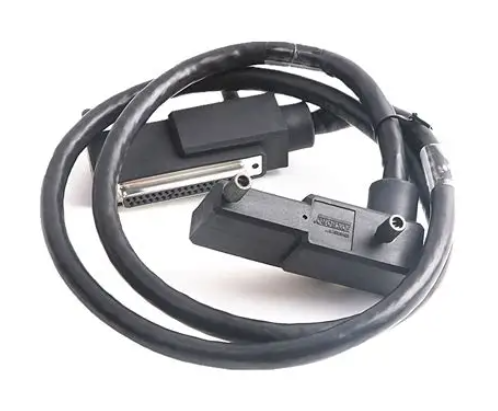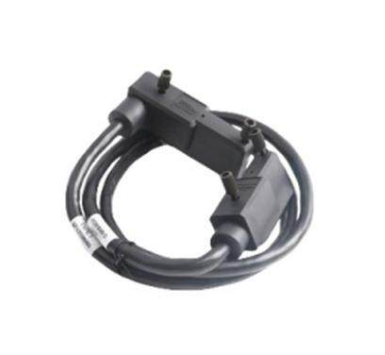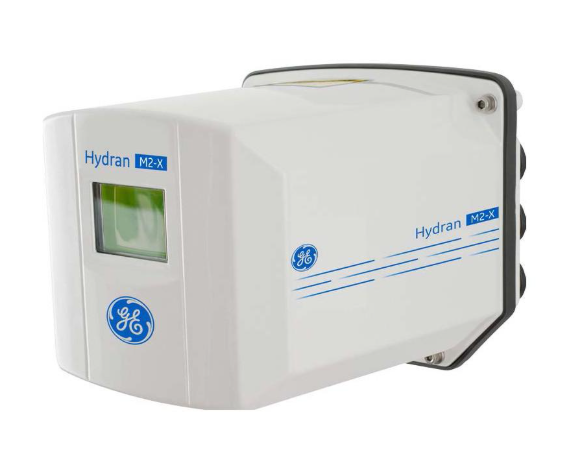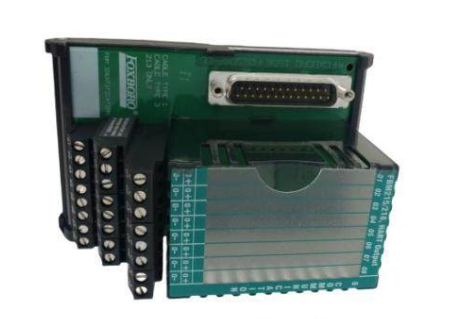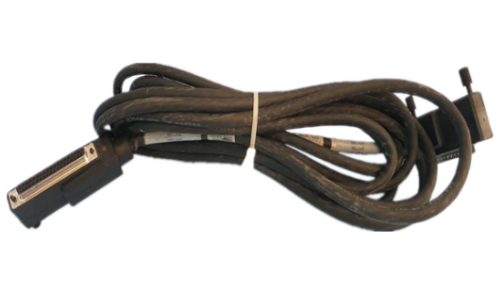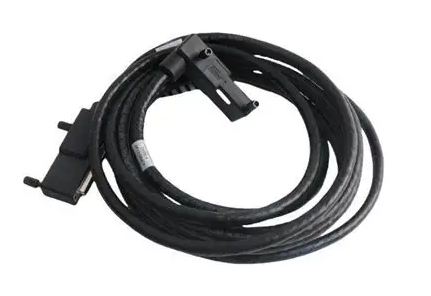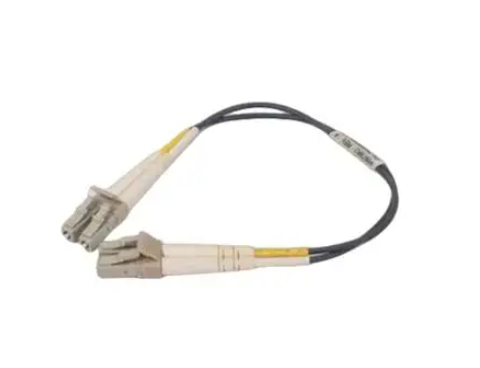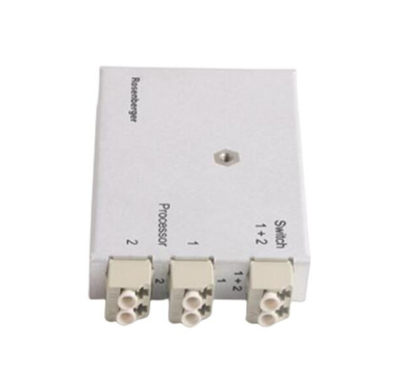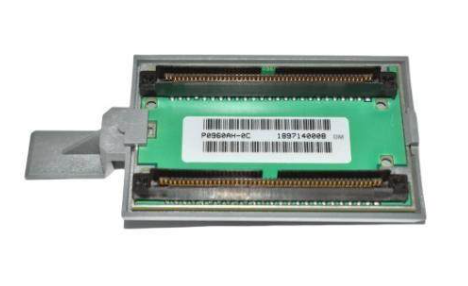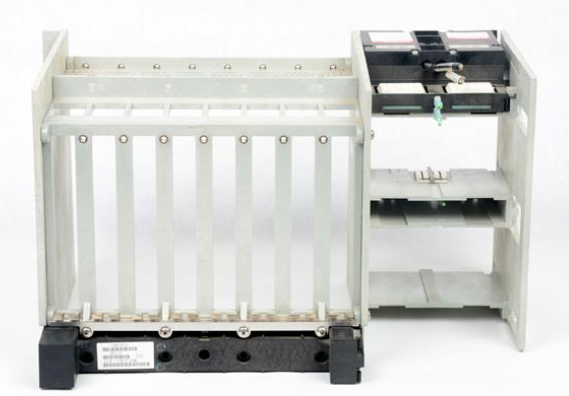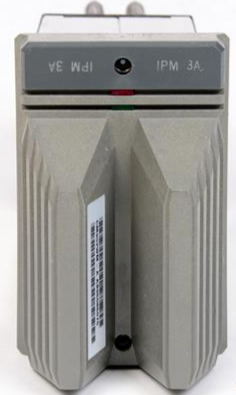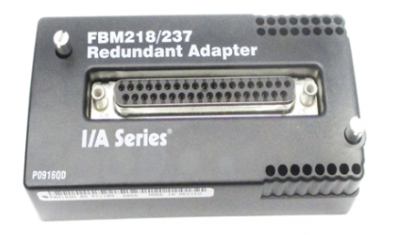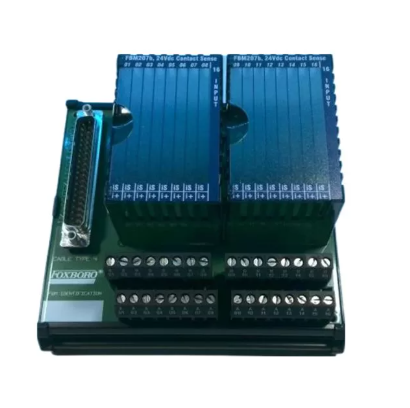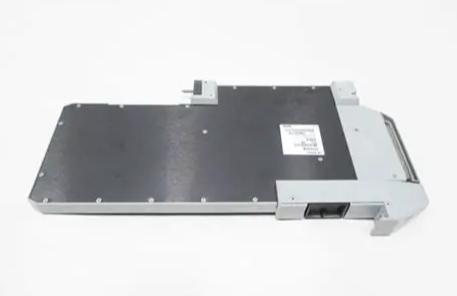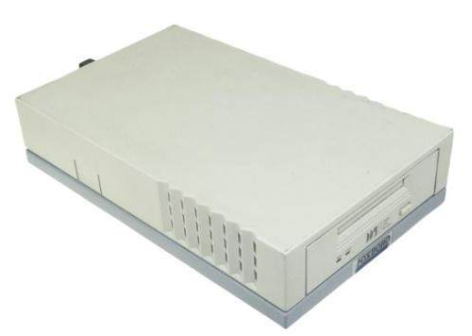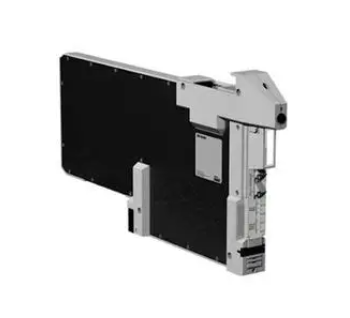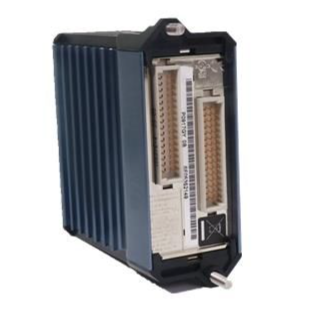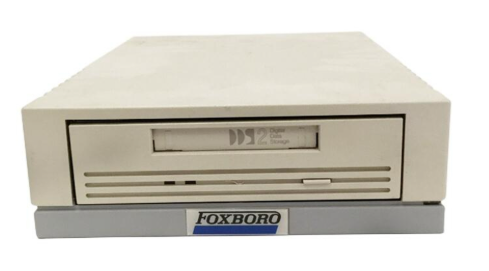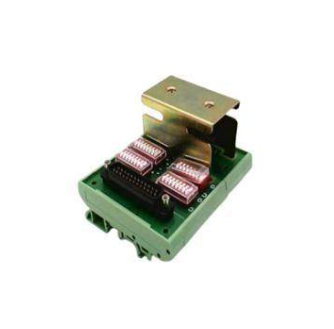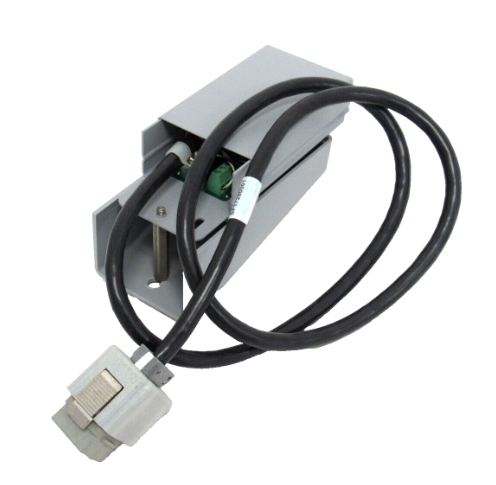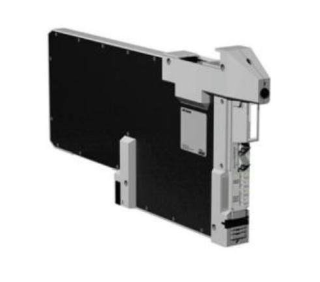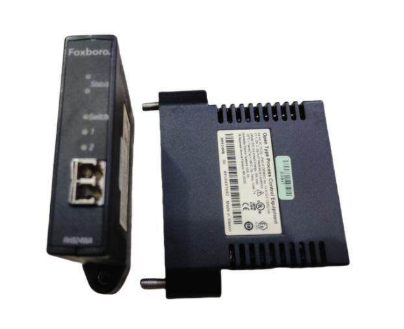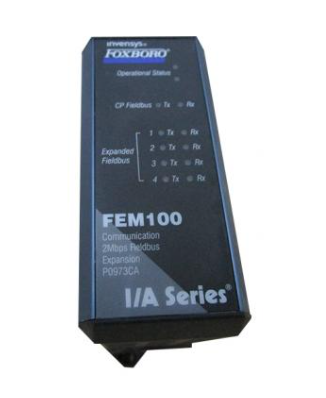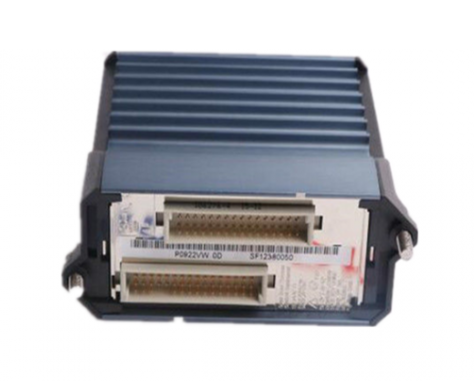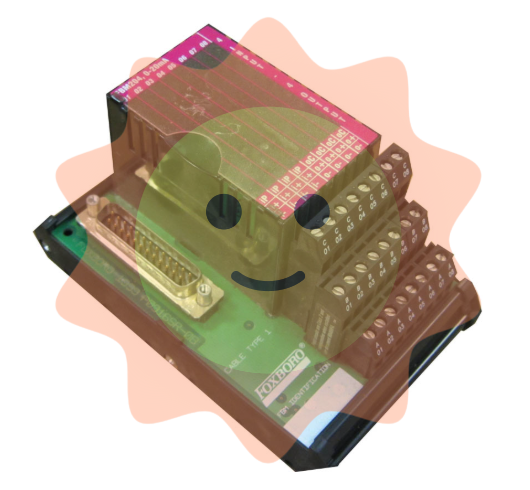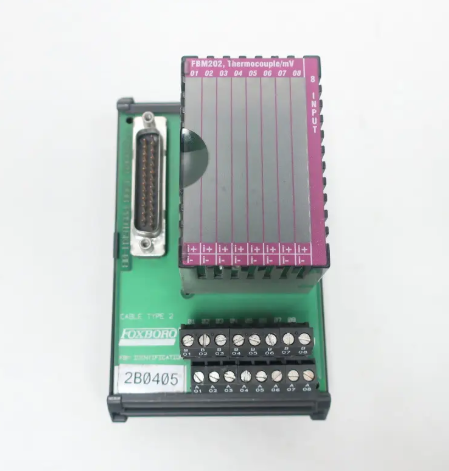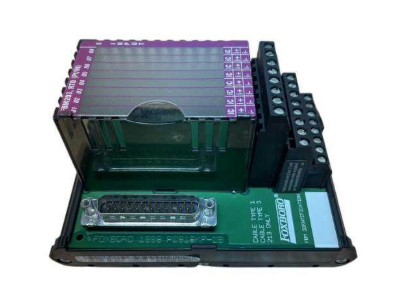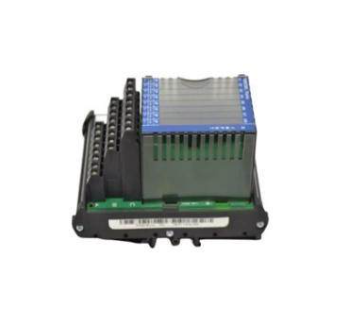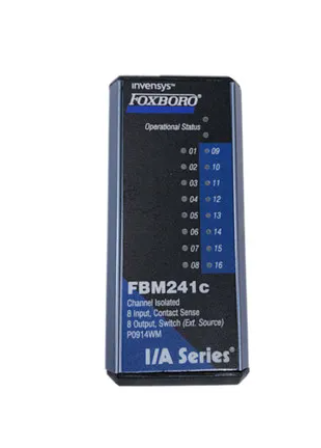ABB GCC960C102 motor driver
ABB GCC960C102 motor driver
Product Overview
ABB's GCC960C102 motor driver is a high-performance drive device widely used in the industrial field, designed to provide precise and stable drive control for various types of motors. It can adapt to various types of motors, including AC asynchronous motors, synchronous motors, etc., and can meet the diverse needs of motor drive in different industrial scenarios. In industrial automation production lines, GCC960C102 can drive conveyor belt motors to ensure stable material transportation; In equipment such as fans and pumps, efficient driving of motors can also be achieved to optimize equipment operating efficiency.
Specification parameters
(1) Electrical parameters
Input voltage range: GCC960C102 can adapt to a wide range of input voltages and can operate stably between 380VAC and 690VAC. This wide voltage adaptability enables it to be used in industrial settings with different power environments, ensuring reliable operation in both modern factories with stable power supply and traditional industrial areas with certain voltage fluctuations.
Output current capability: Its maximum output current can reach [I1] A, which can meet the driving requirements of motors of various power levels. From small motors to medium and even some large motors, GCC960C102 can provide sufficient driving current to ensure the normal operation of the motor.
Frequency adjustment range: The output frequency adjustment range is 0Hz-600Hz. In practical applications, the output frequency can be flexibly adjusted according to the working requirements of the equipment driven by the motor, achieving a wide range of motor speed adjustment. For example, in some equipment that requires low-speed and high-precision operation of the motor, the output frequency can be precisely adjusted to a lower value; In devices that require high rotational speed, the frequency can be increased to a higher level.
Power factor: This driver has a high power factor, usually above 0.95. High power factor means that during the operation of the motor, the driver can more effectively utilize the power grid, reduce reactive power loss, lower the electricity cost of the enterprise, and also help improve the power supply quality of the grid.
(2) Mechanical parameters
Size: As mentioned earlier, its external dimensions are designed to be compact, measuring [L1] mm in length, [L2] mm in width, and [L3] mm in height. This size makes it easy to install inside equipment with limited space such as control cabinets and distribution boxes, effectively saving installation space for industrial equipment and optimizing system layout.
Weight: Approximately [W1] kg, which ensures the stability of the equipment and does not impose excessive burden on installation and handling. During the installation and maintenance of the equipment, staff can easily operate it, improving work efficiency.
Protection level: The protection level reaches IP [P1], which can effectively prevent dust from entering the interior of the drive, and also has the ability to protect against a certain degree of water splashing. This enables GCC960C102 to operate normally in complex industrial environments such as dusty and humid environments, such as textile workshops and food processing plants, greatly improving the product's environmental adaptability and reliability.
(3) Communication parameters
Communication protocol support: Supports multiple common industrial communication protocols, such as Modbus RTU and Modbus TCP protocols. Through these communication protocols, GCC960C102 can communicate and connect with different brands and models of programmable logic controllers (PLCs), smart meters, upper computers, and other devices to achieve data exchange and collaborative control. In a typical industrial automation system, the driver can receive control instructions sent by the PLC through the Modbus protocol, such as commands for starting, stopping, and speed adjustment of the motor. At the same time, the operating status data of the motor, such as current, speed, fault information, etc., is fed back to the PLC, so that the operator can grasp the real-time operation of the equipment.
Interface type: Equipped with RS-485 interface and Ethernet interface. The RS-485 interface has strong anti-interference ability and a long transmission distance. In the complex electromagnetic environment of industrial sites, it can stably transmit data and can connect up to multiple node devices, achieving distributed control. The Ethernet interface provides high-speed data transmission capability, which can meet the communication needs of large data volumes and high real-time requirements. For example, in smart factories, a large amount of equipment status data needs to be quickly uploaded to the management system, and control instructions need to be issued to the drivers in a timely manner. Ethernet interfaces can meet these requirements well, ensuring the efficient operation of the system.
Core functions
Precise control of motor: Through advanced control algorithms and hardware circuits, GCC960C102 can achieve precise control of motor speed, torque, and steering. In terms of speed control, the speed accuracy can reach ± 0.1%, which can meet the extremely high requirements for speed accuracy in industrial applications, such as motor drive in precision machining equipment. In terms of torque control, the output torque can be adjusted in real time according to changes in motor load, and the torque control accuracy can reach ± 1%, ensuring that the motor can operate stably under different working conditions. At the same time, quick switching of motor direction can be achieved through simple control instructions to meet the requirements of different working modes of the equipment.
- EMERSON
- Honeywell
- CTI
- Rolls-Royce
- General Electric
- Woodward
- Yaskawa
- xYCOM
- Motorola
- Siemens
- Rockwell
- ABB
- B&R
- HIMA
- Construction site
- electricity
- Automobile market
- PLC
- DCS
- Motor drivers
- VSD
- Implications
- cement
- CO2
- CEM
- methane
- Artificial intelligence
- Titanic
- Solar energy
- Hydrogen fuel cell
- Hydrogen and fuel cells
- Hydrogen and oxygen fuel cells
- tyre
- Chemical fiber
- dynamo
- corpuscle
- Pulp and paper
- printing
- fossil
- FANUC
- Food and beverage
- Life science
- Sewage treatment
- Personal care
- electricity
- boats
- infrastructure
- Automobile industry
- metallurgy
- Nuclear power generation
- Geothermal power generation
- Water and wastewater
- Infrastructure construction
- Mine hazard
- steel
- papermaking
- Natural gas industry
- Infrastructure construction
- Power and energy
- Rubber and plastic
- Renewable energy
- pharmacy
- mining
- Plastic industry
- Schneider
- Kongsberg
- NI
- Wind energy
- International petroleum
- International new energy network
- gas
- WATLOW
- ProSoft
- SEW
- wind
- ADVANCED
- Reliance
- YOKOGAWA
- TRICONEX
- FOXBORO
- METSO
- MAN
- Advantest
- ADVANCED
- ALSTOM
- Control Wave
- AB
- AMAT
- STUDER
- KONGSBERG
- MOTOROLA
- DANAHER MOTION
- Bently
- Galil
- EATON
- MOLEX
- Triconex
- DEIF
- B&W
- ZYGO
- Aerotech
- DANFOSS
- KOLLMORGEN
- Beijer
- Endress+Hauser
- MOOG
- KB
- Moxa
- Rexroth
- YAMAHA
- Johnson
- Westinghouse
- WAGO
- TOSHIBA
- TEKTRONIX
- BENDER
- BMCM
- SMC


Email:wang@kongjiangauto.com

